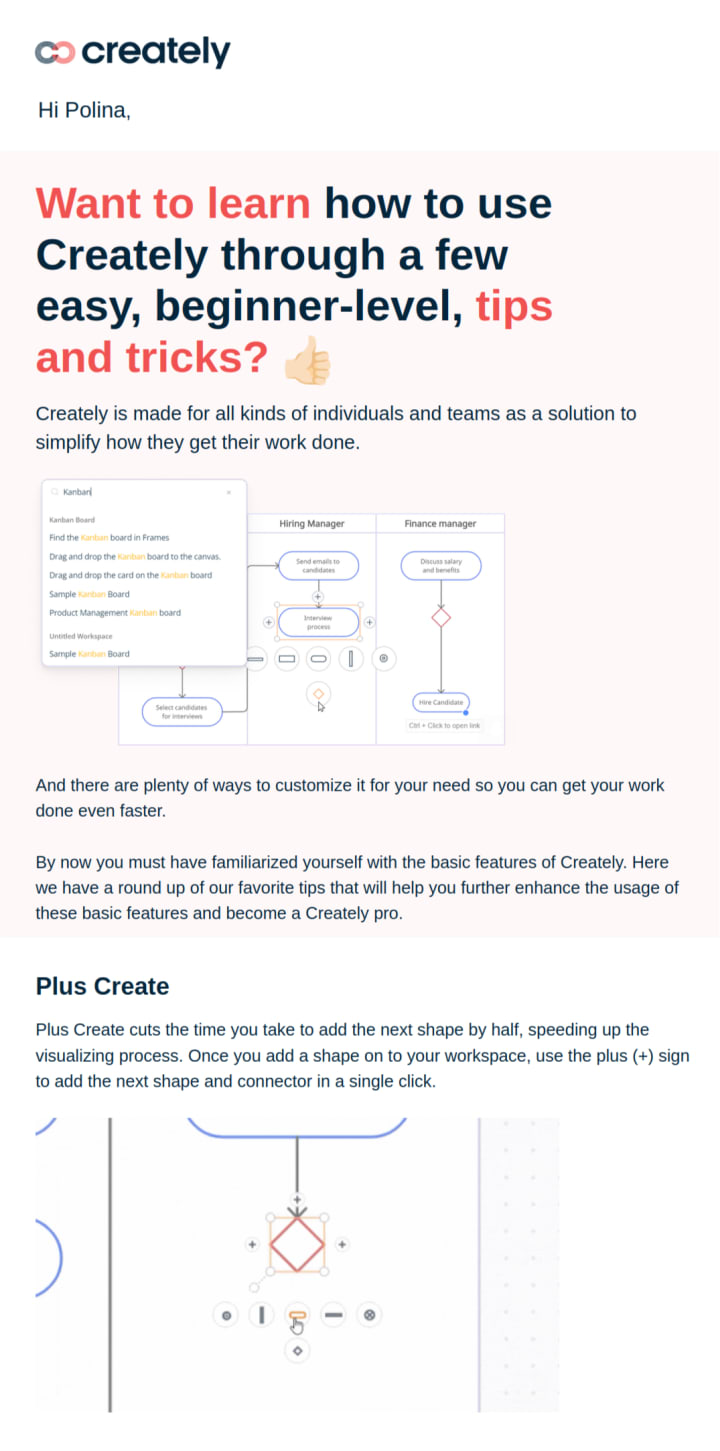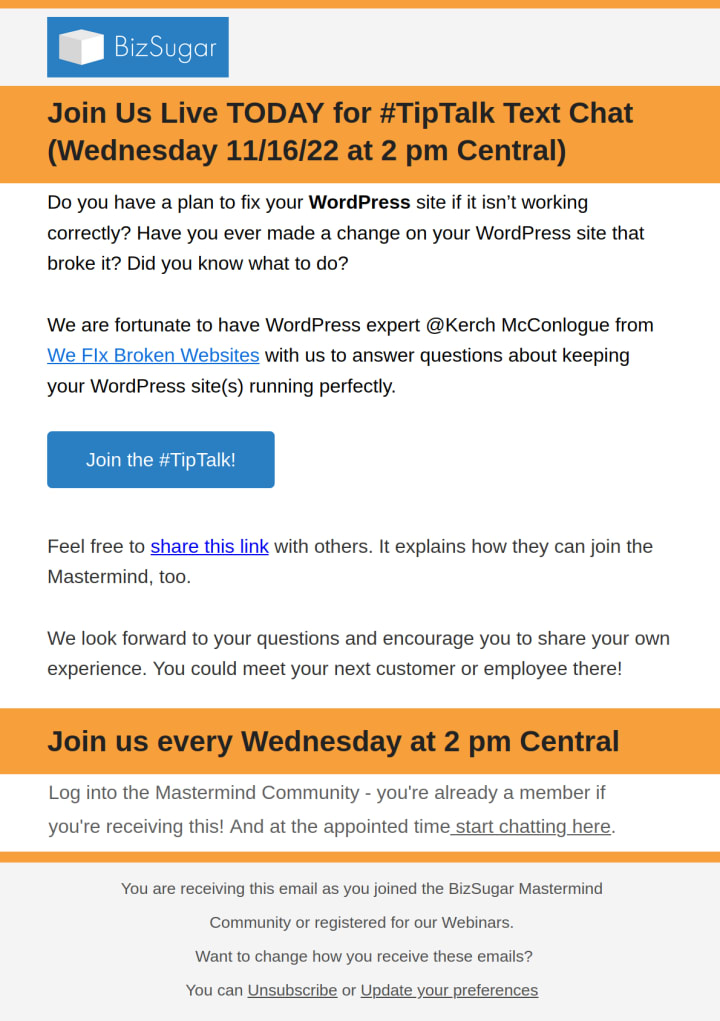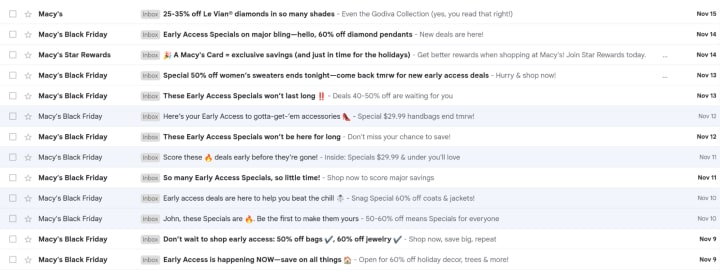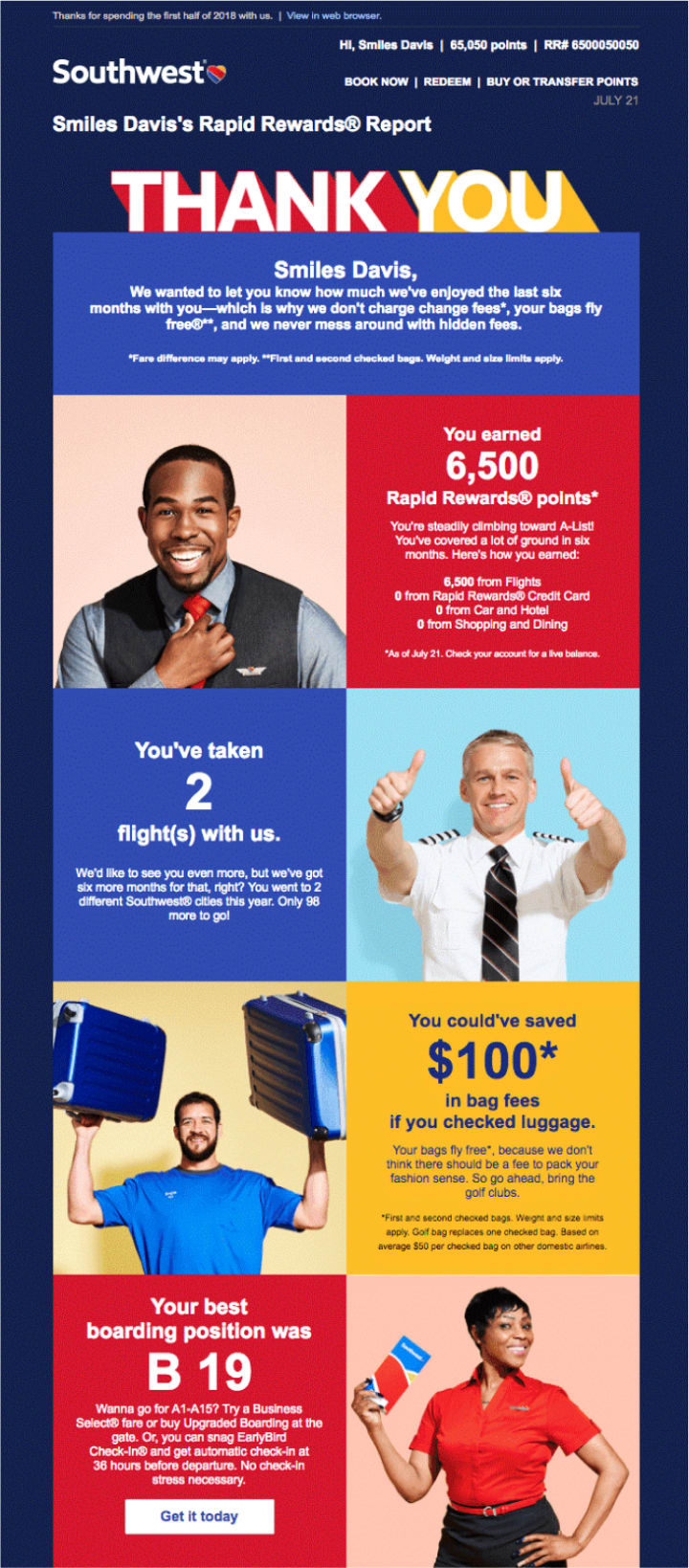
I've been in email marketing for eight years. All this time I am faced with erroneous ideas about it both among business and users. Most marketers have already learned that it is illegal to buy a database and that email campaigns can be more than just advertising. However, there are still many misconceptions.
My name is Yulia Khatsola. I am the head of the project team at EMAILMATRIX. In this post, you will find the most popular myths that surround this channel, especially among online stores. I will tell you how things really are and how to make email marketing work.
Myth 1: Email marketing is dead
Mistake. No one is using email campaigns. It is outdated, nothing can be sold through this channel. The future belongs to social networks, messaging apps, metaverses and so on.
Fact. Business considers email the most promising marketing channel along with contextual advertising and SEO. Different companies continue to invest in email marketing because it solves business problems and, as a rule, quickly pays off. This channel not only sells directly, but also has a lot of weight in multi-stage conversions, as it warms up the audience perfectly and maintains a long-term relationship between users and your brand.
Here are some of the benefits of email as a marketing channel:
- Proven by time. People are used to email marketing, many of them consciously subscribe to brands' newsletter in order to receive offers. It is cheap compared to most other channels. It is reliable: email as a format cannot be blocked, email cannot leave the country.
- Basis of the retention strategy. Attracting new leads is always more expensive, since you need to run ad campaigns with large budgets and low conversions. Email campaigns are about retention - a business reminds customers of itself, brings them back and makes cross-sales.
- A great way to build a client database. You can work with the collected data in other channels (for example, use retargeting). The upcoming cancellation of cookies will put an end to the attempt to track user behavior on the site. But if the visitor logs in via email, the business will be able to record his actions and communicate with him or her.
- Lots of ways to automate sales. Email has a lot of automated scenarios that generate revenue without much effort. An example is a trigger message with an offer on the client's birthday. Set up such an email campaign once, and every day the messages will automatically go to the birthday people. At the same time, you benefit from periodically updating your tactics (more on this below).
- Embedding in the structure of omnichannel communications and in cascading campaigns. For example, a client placed an order, but did not read the SMS about its delivery. In this case, we send him or her an email. People can also get into the contact list through an offline point. For example, they subscribe using a QR code or leave their email addresses as part of the game mechanics.
Takeaway. Email has alternatives, but it's alive.
Myth 2: Email marketing is advertising
Mistake. Email is easy. You buy a contact list, send everyone an offer, break the bank, repeat.
Fact. This method may only work once, but then its effectiveness will drop. The purchased email list contains at least 99% of non-targeted contacts who will safely send your messages to spam. Do not forget that the real audience of the brand can also get tired of constant offers.
A systematic approach is essential for successful email marketing. How to use the channel effectively:
- Define a goal. Emails keep current customers and introduce new ones to the product, increase sales and loyalty. And this is still an incomplete list. Why do you need an email campaign?
- Embed email into your communication strategy. The brand educates users on the website blog, engages and works out objections in social media, but in the email campaigns…? They should complement the rest of the channels, and not be used only once every few months.
- Maintain regularity. You can not fall out of the view of subscribers for a long time. Email connects users with a brand. If you use the channel only on big occasions like Black Friday, then there will be no desired effect.
- Create value for the reader. Even if you focus on sales, you need to think not only about conversions. When users receive both promotional messages and content that is really useful to them, they will pay attention to valuable information. Today, subscribers are fed up with a variety of content, and in order to keep them, you need to work with their loyalty.
- Analyze. There is always something to check and to improve. Even an automatic workflow cannot remain unchanged for a decade. At least once a month, the brand should make accurate slicers and study the dynamics - how the database grows (or decreases), how engagement metrics change.
When it comes to emails, it is important to create useful and valuable content so that you can seamlessly integrate your products into it. Various tips and tutorials also work well. For example, the strategic approach is seen in the Creately brand. The company in their emails gives tips and shares tricks on how to use their platform.

Takeaway. Email marketing is much deeper than mass promotional campaigns. It requires consistency.
Myth 3: Customers consider your emails to be spam
Mistake. Nobody trusts emails. People know that nothing good comes in the newsletter.
Fact. Messages from brands are perceived as spam in two cases: they are in the junk folder or they look like spam. Let's explore both options.
In order not to end up in spam, you need the right technical setup at the start. It is important to maintain email deliverability in the process, and for this you need to protect the database from bots. When you send to non-existent emails, ISPs fix errors and, as a result, reduce the sender reputation.
What to do:
- Set up Double Opt-In. This is a guarantee of a quality database without fake addresses. When users fill out a subscription form, they receive an automatic message asking them to confirm their email by clicking on a button or entering a code. So only real users get into the database.
- Track spikes in database growth. If the database grows by a thousand addresses per month and suddenly grows by 15 thousand per week, it is worth finding out what is happening. Is it a success or a cyberattack? The sooner a brand removes fake addresses, the less risk it will end up in spam. CAPTCHA in the subscription form will help prevent such attacks along with DOI.
- Use a third-level domain (mail.example.com) for sending, and not the main one (example.com). If your emails do end up in spam, you can create a new subdomain instead of trying to restore the reputation of the old one. I recommend making two different subdomains for promotional campaigns and for transactional messages. The latter will definitely reach subscribers, because they will not be affected by the reputation of the domain for promotional emails.
I'll tell you more about how not to look like spam.
There are emails that look like spam: ambiguous headers, strange layout, links that look almost fraudulent.

If the email has a poor design, unclear offers, no connection with the brand and nos logic, it is easy to confuse it with spam. To avoid this result, develop at least a basic layout: a logo, a clear and understandable structure, optimal number of links, and nice buttons.
You can look like a spammer not only because of the bad design, but also because of the frequency of emails. For instance, Macy's sends several messages a day. They have the same type of topics about discounts and promotions. Perhaps there is something useful inside, but for subscribers this is just an annoying newsletter.

You can't last long with endless offers. People either unsubscribe or stop finding the value in the emails and open them only when they need to buy something. For smart email marketing, it is important to stay friends with your customers and add pieces of useful content to your promotional stream:
- Ask users. Emails allow you to collect feedback both on the quality of the product and on the newsletter. Surveys about the desired content are good for engaging subscribers and increasing loyalty. It's always nice to know that your opinion matters.
- Engage experts. It is worth finding interesting authors, who will add expert value and uniqueness to your content.
- Work with tone of voice. How does the brand communicate with the audience? It is important to write it down somewhere and keep this tone in the newsletters so that subscribers recognize it.
- Sell natively. Instead of a product grid, it's better to tell about them, for example, through storytelling and non-standard approaches.
Below is an example of storytelling from Southwest Airlines. The brand speaks directly to its customers and makes them the hero of the story.

Takeaway. If the emails in the "Inbox" are neat and not constantly selling, subscribers take it well.
Conclusion
There will never come a day when no one is delusional about the effectiveness, goals and tools of email marketing. However, anyone can bring the marketing universe closer to this ideal if they approach emails wisely.
The article was originally published here.
About the Creator
Altcraft
Interesting and useful articles about marketing, our product and online communications






Comments
There are no comments for this story
Be the first to respond and start the conversation.